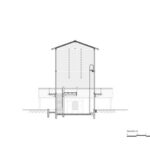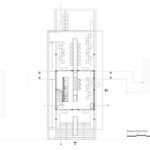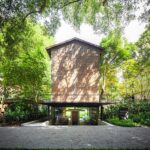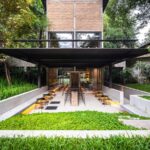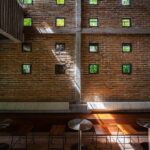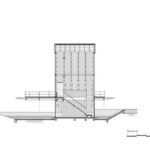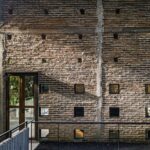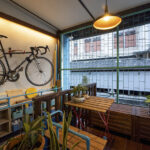Kaomai Tea Barn stands as a testament to adaptive reuse within the historic Kaomai Estate 1955 in Chiang Mai, Thailand. Led by PAVA architects, this project is part of the ongoing revitalization of a former tobacco processing plant estate. Recognized with the 2018 UNESCO Asia-Pacific Awards for Cultural Heritage Conservation, the Kaomai Estate 1955 integrates new commercial programs while preserving its cultural and architectural heritage. The Kaomai Tea Barn serves as a vital link between Kaomai Avenue, the Amphitheater, and Kaomai Cafe, enhancing connectivity within the estate.
Conservation and Respect
In adherence to conservation practices, the design of Kaomai Tea Barn respects the specificity and authenticity of the heritage barns. Retaining the repetitive 6 x 6-meter planning typology, the design proposes sinking the new tea house space to highlight the authentic volume while fostering a humble connection between ground level and the multi-floors of the architectural program. This approach not only preserves the heritage but also creates a unique experience of tea drinking culture.

Illuminating Heritage
Kaomai Tea Barn is envisioned to glow in the dark environment, emphasizing the values and authenticity of the tobacco-drying barn. Hidden lighting features subtly integrate with locally crafted concrete, timber, and dark gray structure, highlighting the authentic brick surfaces and unique vertical interior space. This lighting design enhances the contrast between the solidity of the tobacco drying barn and the openness of the new space, enriching the design experience along historic routes and natural heritage.
Reconstruction Technique
Embracing the “Reconstruction Technique,” the design methodology aims to rebuild the building perception as it used to be, considering the deteriorated existing structure. Every detail of building material is meticulously measured and recorded, respecting the barn’s originality. The preserved bricks are reconstructed using modernized steel and reinforced concrete, breathing new life into an overlooked industrial typology while preserving its historical essence.
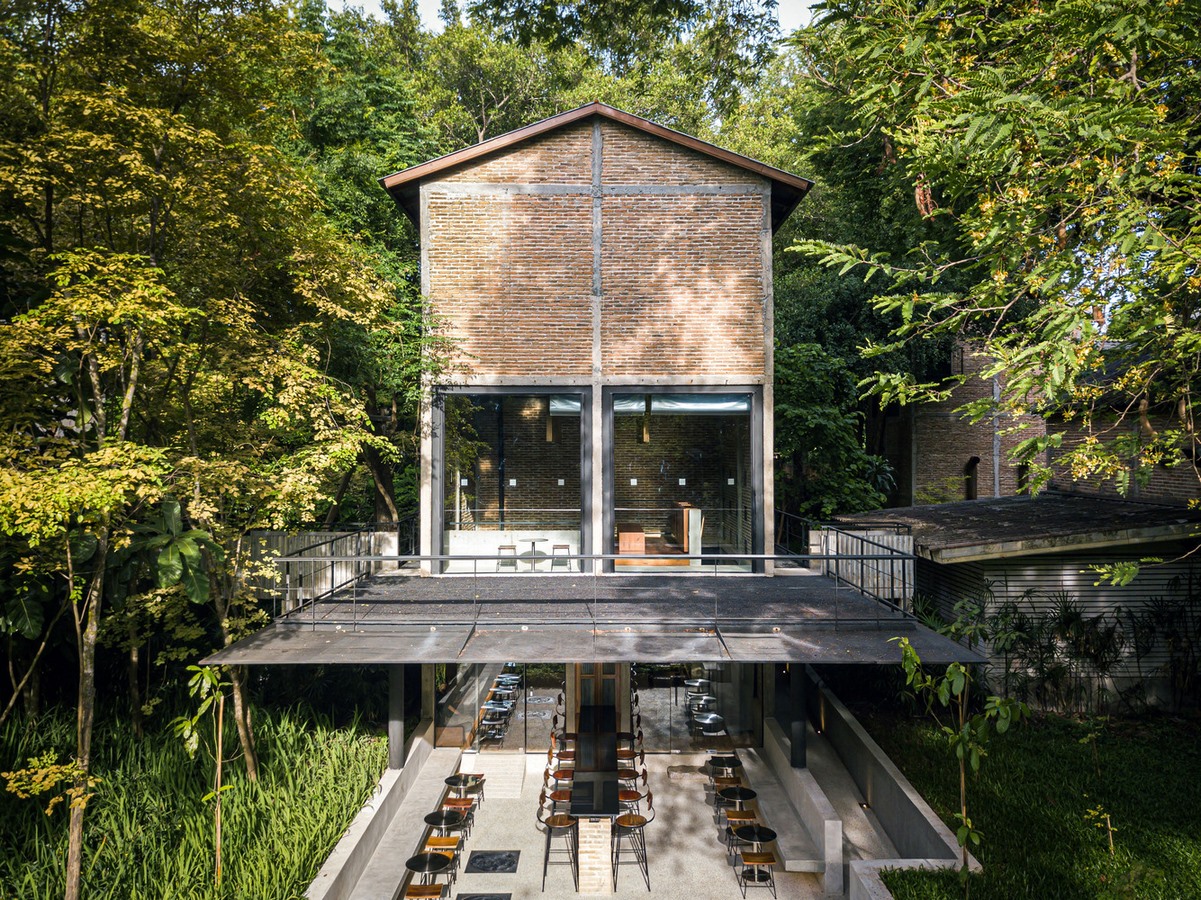
Historical and Ecological Tourism
Kaomai Tea Barn is an integral part of the holistic Masterplan, promoting historical and ecological tourism. Visitors are encouraged to appreciate the aesthetic of preserved tobacco drying barns, learn about local history, native plants, and ecology on-site. By reviving the role of the tobacco processing estate as a community hub, the project fosters social and economic sustainability, enriching the local community and preserving cultural heritage.
Conclusion
Kaomai Tea Barn exemplifies a harmonious blend of heritage preservation and contemporary design. Through adaptive reuse and thoughtful conservation practices, the project not only revitalizes a historic site but also contributes to the cultural, social, and economic growth of the community. As a symbol of heritage revitalization, Kaomai Tea Barn showcases the potential of adaptive reuse in preserving cultural identity and fostering sustainable development.



